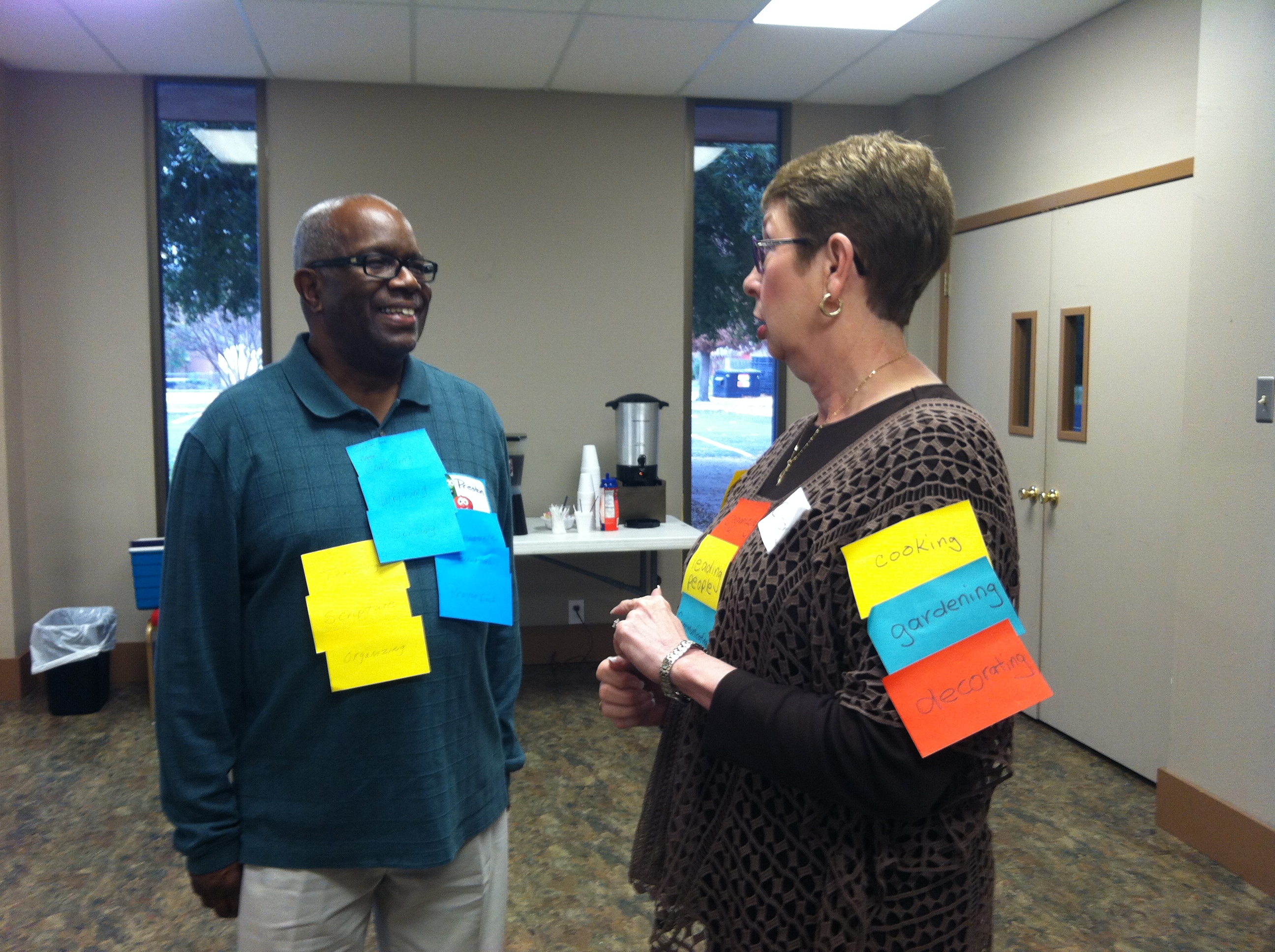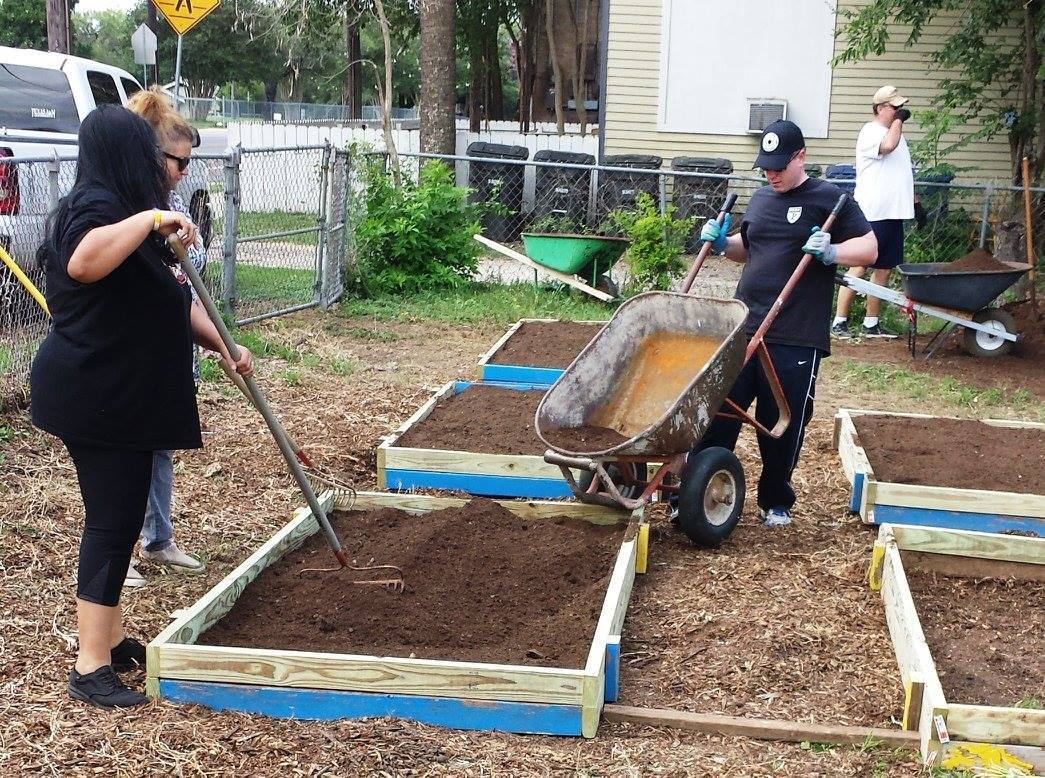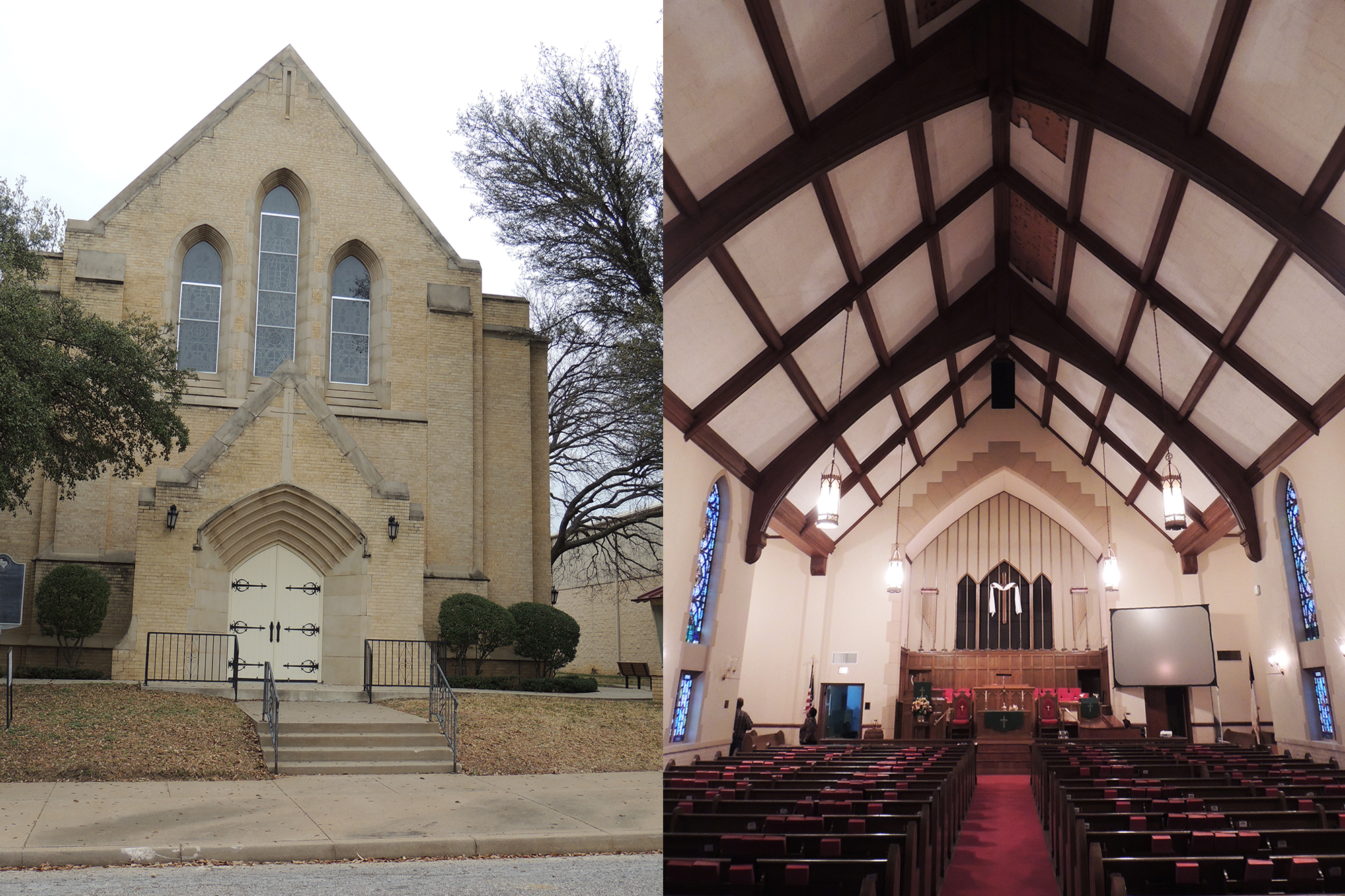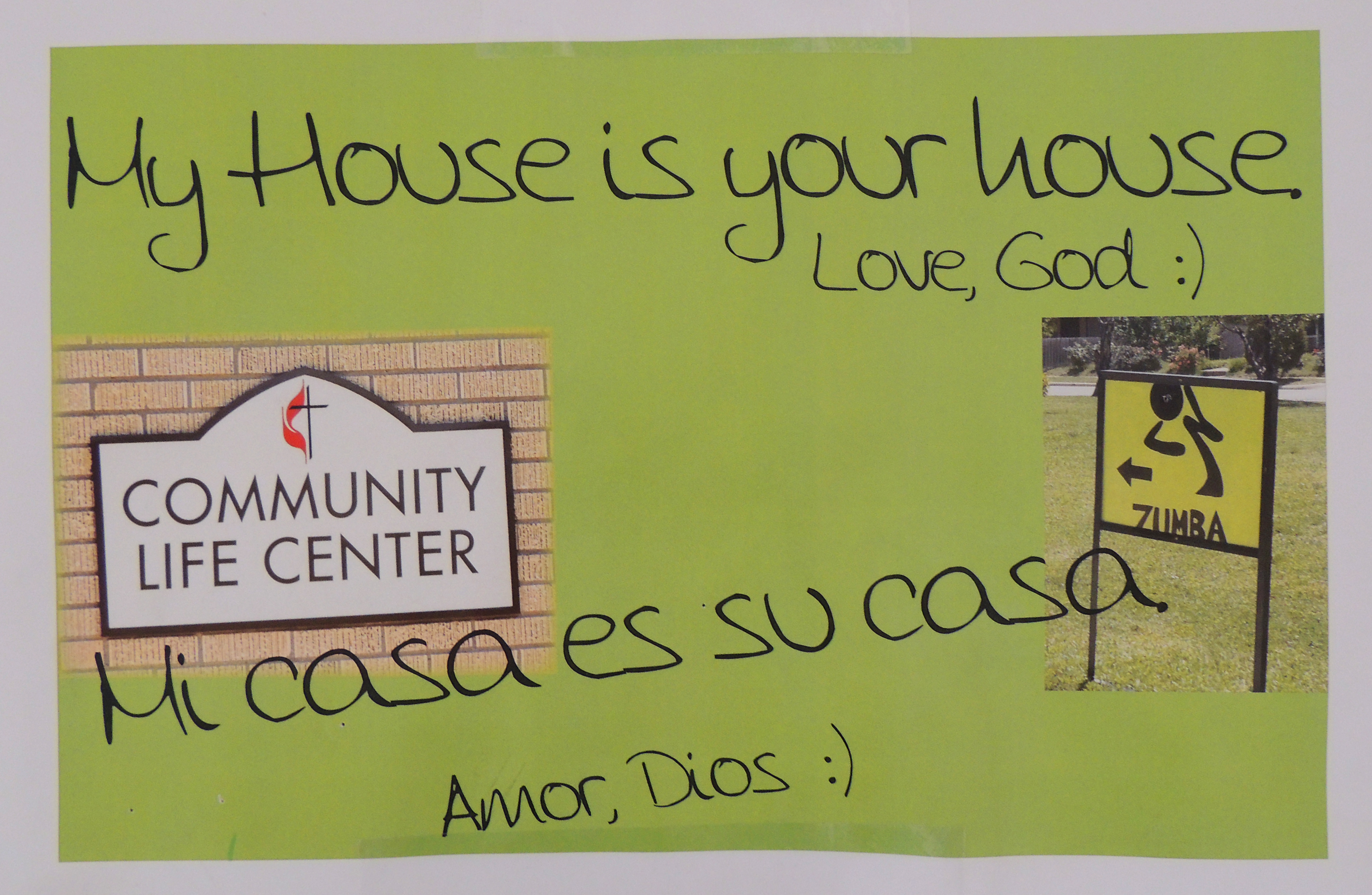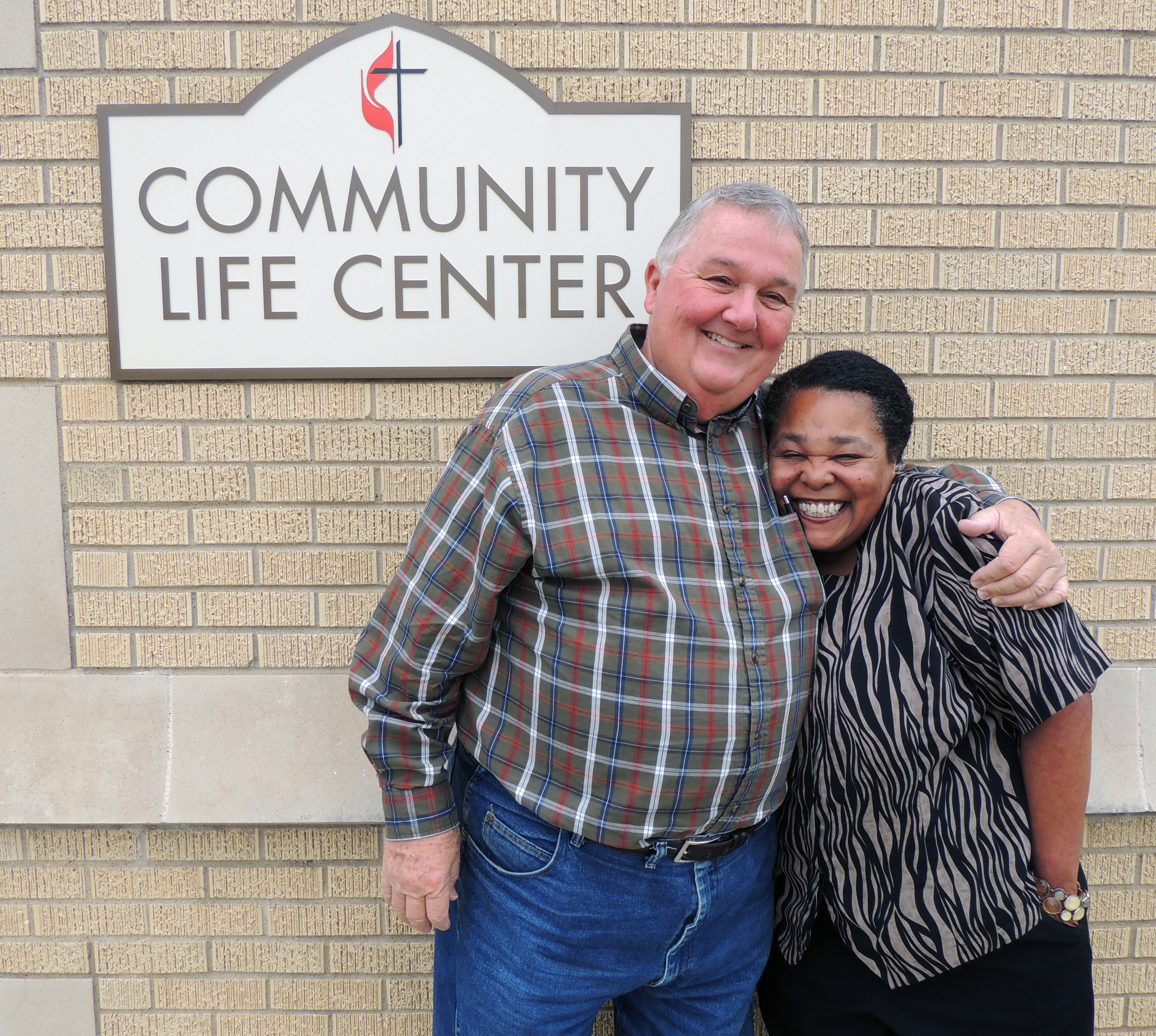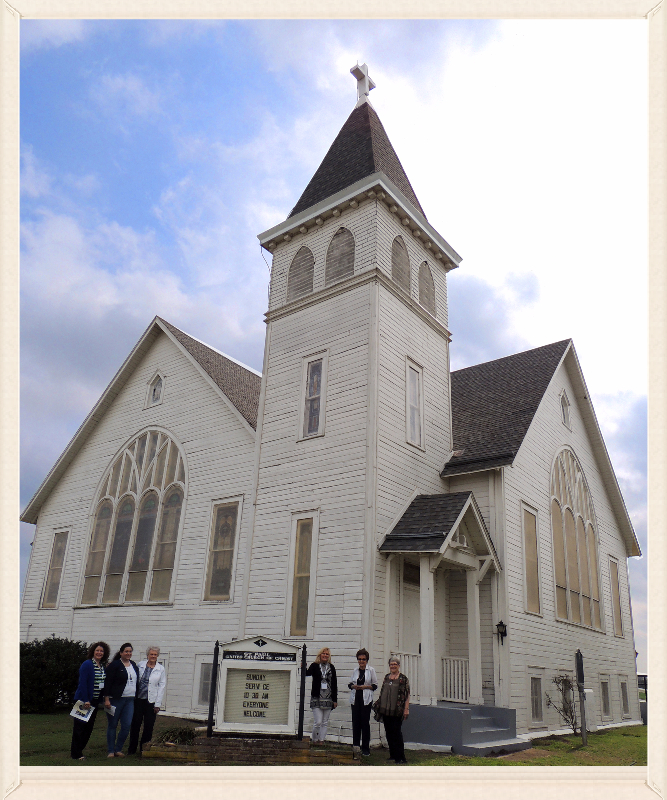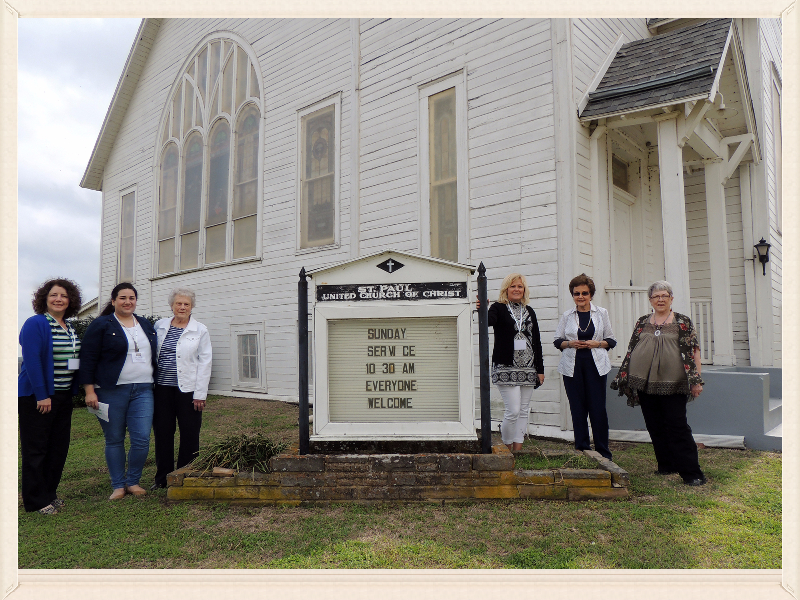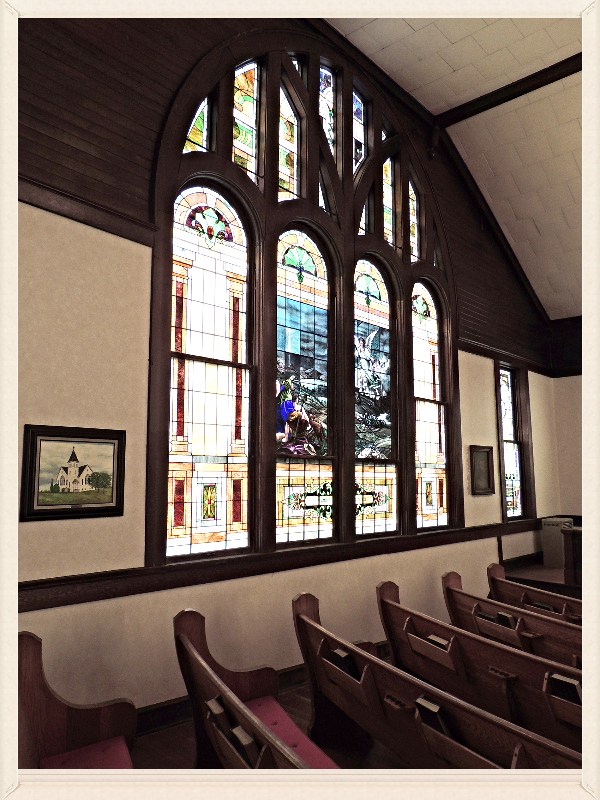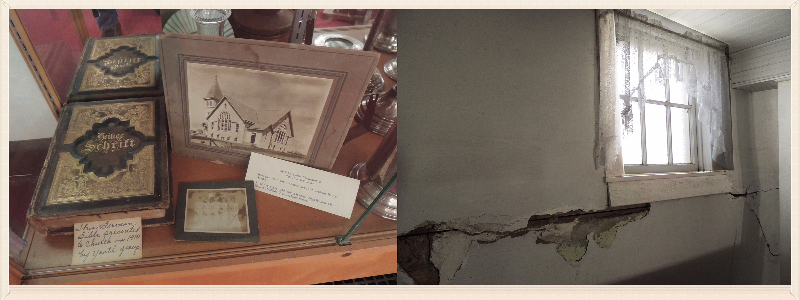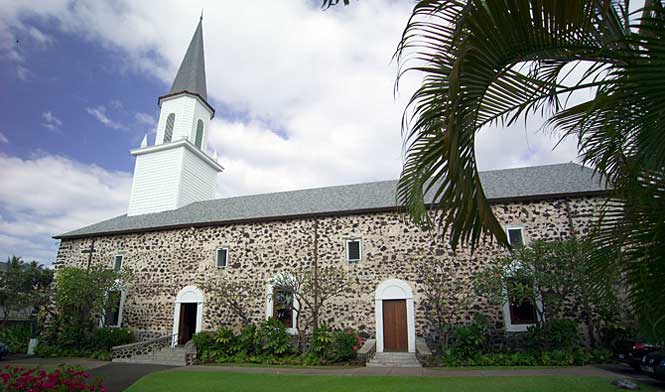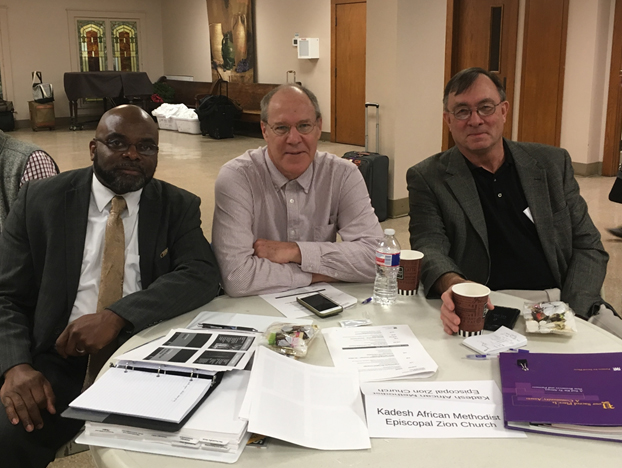Where Are They Now? (Part Two)
(Note: this is the second installment of a series highlighting how Partners’ services have impacted Texas sacred places. Here is Part One)
Carmelite Monastery and Convent, Stanton, Texas
Founded in 1884 by six German friars, the Carmelite Monastery eventually expanded through the Sisters of Mercy into a convent and school called Our Lady of Mercy Academy. The buildings suffered severe tornado damage in 1938 and fell into neglect. Today, the only structure standing is the original adobe monastery with its Gothic pointed windows. Listed on the National Register of Historic Places and a Registered Texas Landmark, this “Princess of the Prairie,” is one of the finest historic adobe buildings in the entire Southwest.
The Martin County Convent Foundation, Inc. formed in 1987 with dreams to restore the building and open it as an interpretive center. Partners is privileged to say that our involvement has helped them with this effort.
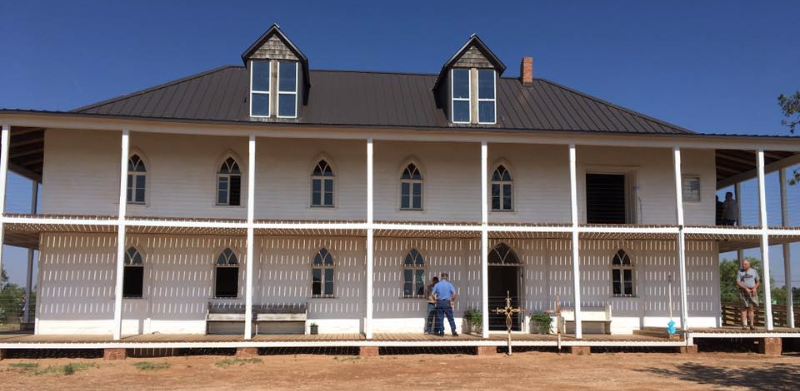
The Carmelite Monastery displaying
its newly renovated exterior
In 2016, our staff conducted a Discovery Study - confidential one-on-one interviews with dozens of local leaders, business owners, and citizens from Stanton, Big Spring, and Midland, Texas. What was their sincere interest in seeing the site restored? What challenges did they foresee? Were they receptive to alternative uses for the building? Would they support it financially?
Partners found overwhelming interest to see this architectural treasure and history protected and preserved! This led the Still Water Foundation to underwrite a Phase 2 with the Convent Board. In Spring of 2017, Partners led the Board through our trademark training modules: Asset Mapping, Partnership Identification, Community Engagement Planning, Fundraising Research and Support.
Reggie Baker, President of the Martin County Convent Board, describes the impact this had.
“Partners helped us with ideas on how to reengage early stakeholders in the convent, attract new donors, and develop partners for local programming. We came away understanding the need for a master plan and a clear path forward.”
A half million-dollar exterior restoration was already in progress - including the adobe walls, porches, Gothic windows, doors, and a new roof. Volunteers supplemented this with countless hours of sweat equity to get the convent “tour worthy,” a need identified during the Discovery Study. There have since been three open houses.
“This was the first time in over a decade,” says Baker, “that people could see the facility under safe conditions. Over 1,000 people visited, led by our tour guides. We got marvelous feedback, even from people who had attended school there or been baptized in the chapel.”
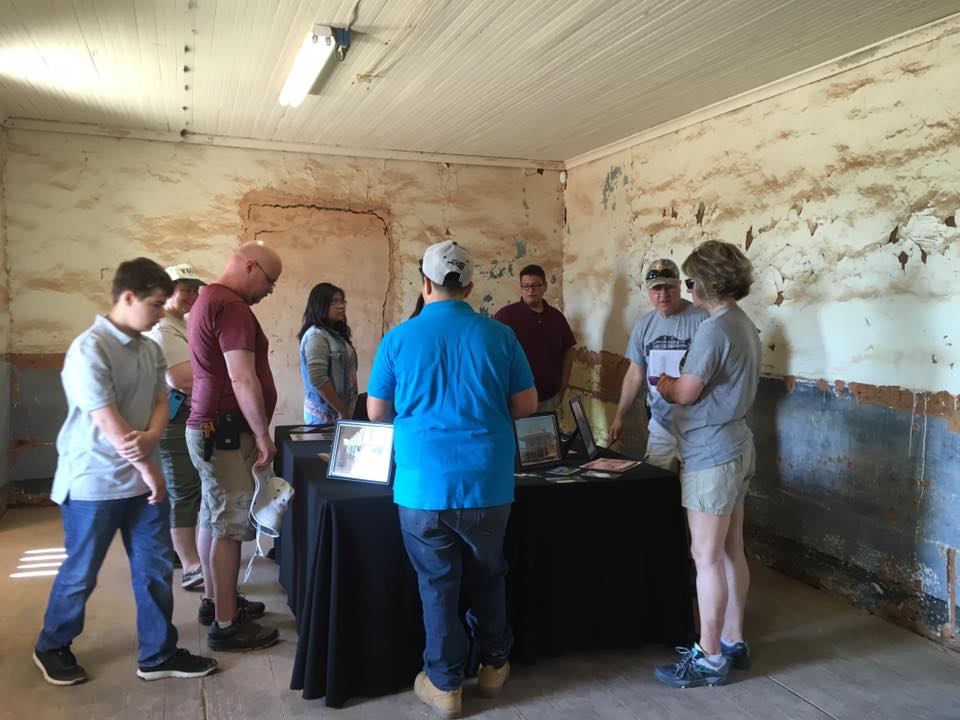
Visitors enjoying a recent
tour of the Monastery
A generous donor has come forward to fund a master plan for extensive interior restoration, as well as a consolidation and digitization of the site’s history. This fall there will be a thank-you event on the grounds, honoring donors and inviting others to participate.
“Support and energy for the Convent is at an all-time high,” says Baker. “We are excited and gratified to see this new history unfold.”
Suzy Yowell, Director of Partners’ Texas Office, feels a special connection to this project.
“I'll admit,” she says, “that saving and restoring an abandoned, dilapidated monastery in a tiny, west Texas town sounded like a very difficult task at best. But since I'm from a small west Texas town myself and know the challenges that rural sacred places face, I felt called to this project.
“I knew Partners had the tools to make a difference, but that’s only half of the equation. It takes a dedicated group of stakeholders to apply these tools and reach a successful solution. The Martin County Convent Board is just this kind of organization. They are skilled, dedicated and have unlimited amounts of energy and determination. It only took one visit to Stanton, Texas for me to feel a personal connection to this cause.
“I could not be prouder of the progress our friends in Stanton have made. It speaks for itself. They have saved an incredible piece of history for us all!”
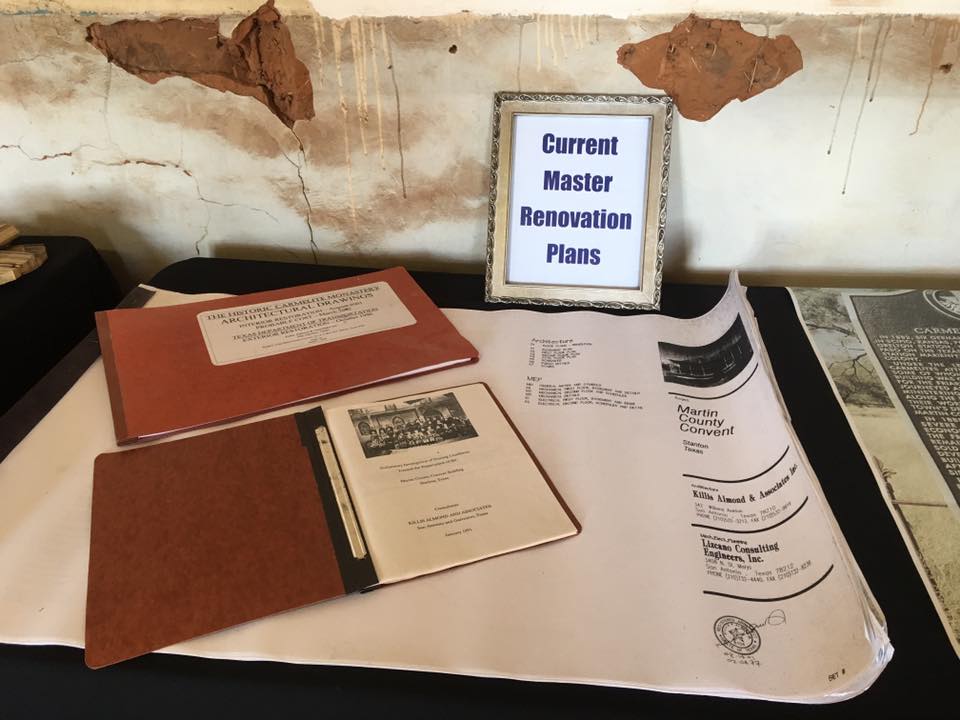
The Master Plan continues…
